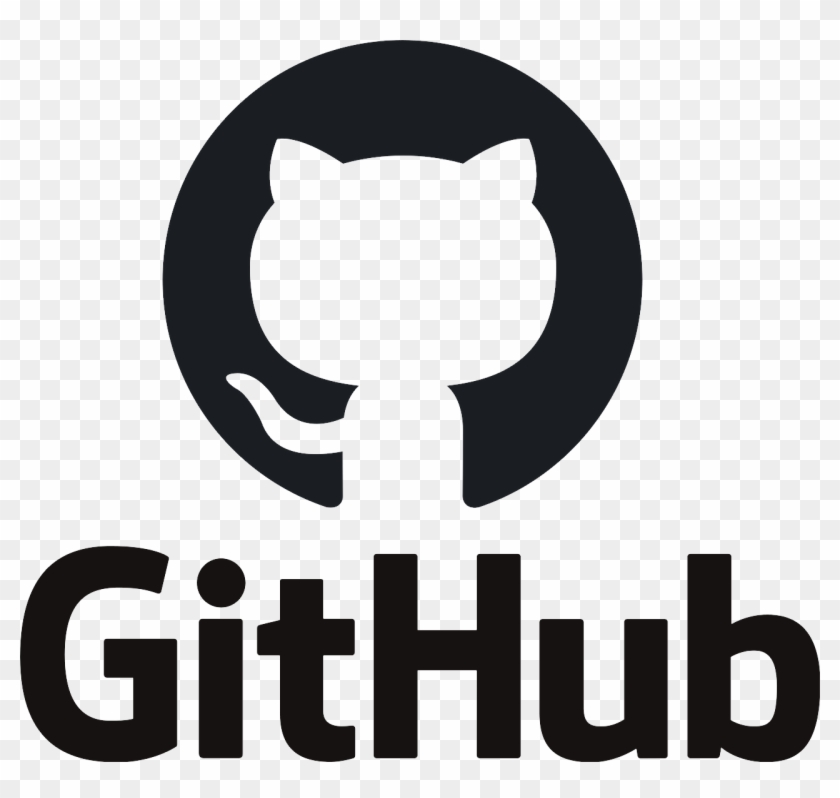Weakly-Supervised Action Segmentation and Alignment via Transcript-Aware Union-of-Subspaces Learning
Interaction Compass: Multi-Label Zero-Shot Learning of Human-Object Interactions
Learning to Segment Actions from Visual and Language Instructions
- We address the problem of unsupervised action segmentation and feature learning in procedural task videos using both visual and language instructions. Our key contributions include proposing i) a Soft Ordered Prototype Learning (SOPL) method for learning visual and linguistic prototype sequences corresponding to subtasks (key-steps) in videos, and ii) a new class of alignment methods, referred to as Differentiable Weak Sequence Alignment (DWSA), for weak alignment of visual and linguistic prototype sequences while allowing self-supervised feature learning.
- We provide the Python/Pytorch implementation of the method. When using the code in your research work, you should cite the following papers:
Y. Shen, L. Wang, E. Elhamifar, Learning to Segment Actions from Visual and Language Instructions via Differentiable Weak Sequence Alignment,
IEEE Conference on Computer Vision and Pattern Recognition (CVPR), 2021.
 Project Page Project Page
Introvert: Human Trajectory Prediction via conditional 3D attention
- We developed Introvert, a deep model that predicts human trajectory and path based on their observed trajectory and the dynamic scene context, captured via a conditional 3D visual attention mechanism.
- We provide the Python/Pytorch implementation of the method. When using the code in your research work, you should cite the following papers:
N. Shafiee, T. Padir and E. Elhamifar, Introvert: Human Trajectory Prediction via Conditional 3D Attention,
IEEE Conference on Computer Vision and Pattern Recognition (CVPR), 2021.
 Project Page Project Page
Compositional Zero-Shot Learning via Fine-Grained Dense Feature Composition
Unsupervised Procedure Learning from Instructional Videos
Shared Attention for Multi-label Zero-shot Learning
- We address zero-shot multi-label learning for recognition of a large number of seen and unseen labels using a shared multi-attention method with a novel training mechanism.
- We provide the Python/Tensorflow implementation of LESA. When using the code in your research work, you should cite the following paper:
D. Huynh, E. Elhamifar, A Shared Multi-Attention Framework for Multi-Label Zero-Shot Learning,
IEEE Conference on Computer Vision and Pattern Recognition (CVPR), 2020.
 Project Page Project Page
Fine-Grained Generalized Zero-Shot Learning via Dense Attribute-Based Attention
- We develop a zero-shot fine-grained recognition method with the ability to localize attributes using a dense attribute-based attention and embedding mechanism.
- We provide the Python/Pytorch implementation of DAZLE. When using the code in your research work, you should cite the following paper:
D. Huynh, E. Elhamifar, Fine-Grained Generalized Zero-Shot Learning via Dense Attribute-Based Attention,
IEEE Conference on Computer Vision and Pattern Recognition (CVPR), 2020.
 Project Page Project Page
Interactive Multi-Label CNN Learning with Partial Labels
- We address efficient end-to-end learning of multi-label CNN classifiers with partial labels using an interactive learning framework.
- We provide the Python/Tensorflow implementation of IMCL. When using the code in your research work, you should cite the following paper:
D. Huynh, E. Elhamifar, Interactive Multi-Label CNN Learning with Partial Labels,
IEEE Conference on Computer Vision and Pattern Recognition (CVPR), 2020.
 Project Page Project Page
Deep Summarization via Supervised Facility Location (SupFL)
Dissimilarity-based Sparse Subset Selection (DS3)
- Dissimilarity-based Sparse Subset Selection (DS3) is an algorithm based on simultaneous sparse recovery for finding data/model representatives from a large collection of data/models.
- We provide a MATLAB implementation of DS3. When using the code in your research work, you should cite the following paper:
E. Elhamifar, G. Sapiro and S. Sastry, Dissimilarity-based Sparse Subset Selection,
IEEE Transactions on Pattern Analysis and Machine Intelligence (TPAMI), 2016.
 Download Code Download Code
Sparse Subspace Clustering (SSC)
- Sparse Subspace Clustering (SSC) is an algorithm based on sparse representation theory for segmentation of data lying in a union of subspaces. For more information please visit the SSC research page.
- We provide a MATLAB implementation of SSC. When using the code in your research work, you should cite the following paper:
E. Elhamifar and R. Vidal, Sparse Subspace Clustering: Algorithm, Theory, and Applications,
IEEE Transactions on Pattern Analysis and Machine Intelligence (TPAMI), 2013.
 Download Code (ADMM) Download Code (ADMM)
 Download Code (CVX) Download Code (CVX)
Sparse Manifold Clustering and Embedding (SMCE)
- Sparse Manifold Clustering and Embedding (SMCE) is an algorithm based on sparse representation theory for clustering and dimensionality reduction of data lying in a union of nonlinear manifolds.
- We provide a MATLAB implementation of SMCE algorithm. When using the code in your research work, you should cite the following paper:
E. Elhamifar and R. Vidal, Sparse Manifold Clustering and Embedding,
Neural Information Processing Systems (NIPS), 2011.
 Download Code Download Code
Sparse Modeling Representative Selection (SMRS)
- Sparse Modeling Representative Selection (SMRS) is an algorithm based on sparse multiple-measurement-vector recovery theory for selecting a subset of data points as the representatives.
- We provide a MATLAB implementation of SMRS algorithm. When using the code in your research work, you should cite the following paper:
E. Elhamifar, G. Sapiro, and R. Vidal, See All by Looking at A Few: Sparse Modeling for Finding Representative Objects,
IEEE Conference on Computer Vision and Pattern Recognition (CVPR), 2012.
 Download Code Download Code
Block-Sparse Subspace Classification (BSSC)
- Structured-Sparse Subspace Classification is an algorithm based on block-sparse representation techniques for classifying multi-subspace data, where the training data in each class lie in a union of subspaces.
- We provide a MATLAB implementation of the algorithm. When using the code in your research work, you should cite the following paper:
E. Elhamifar and R. Vidal, Robust Classification using Structured Sparse Representation,
IEEE Conference on Computer Vision and Pattern Recognition (CVPR), 2011.
 Download Code Download Code
|